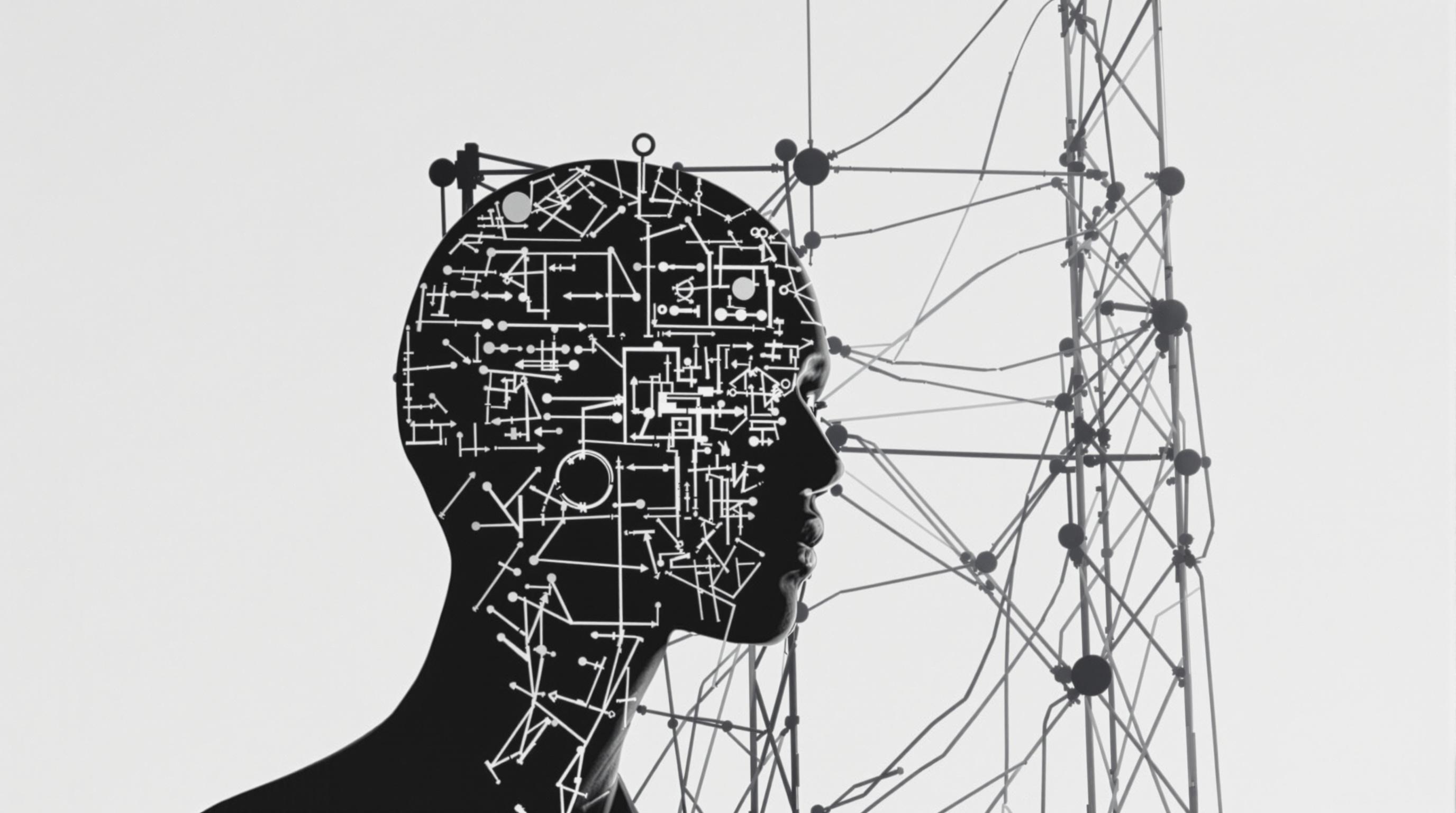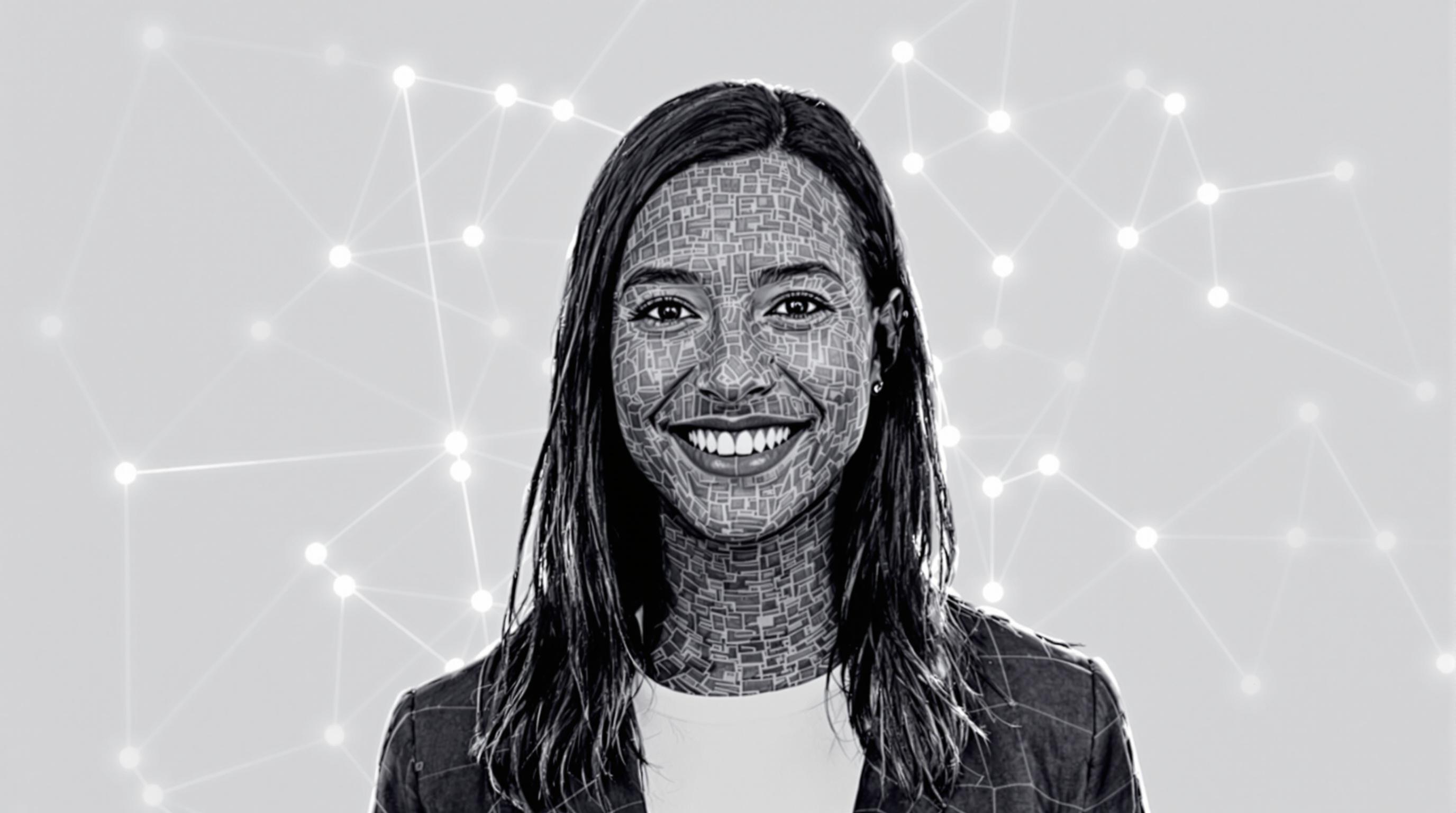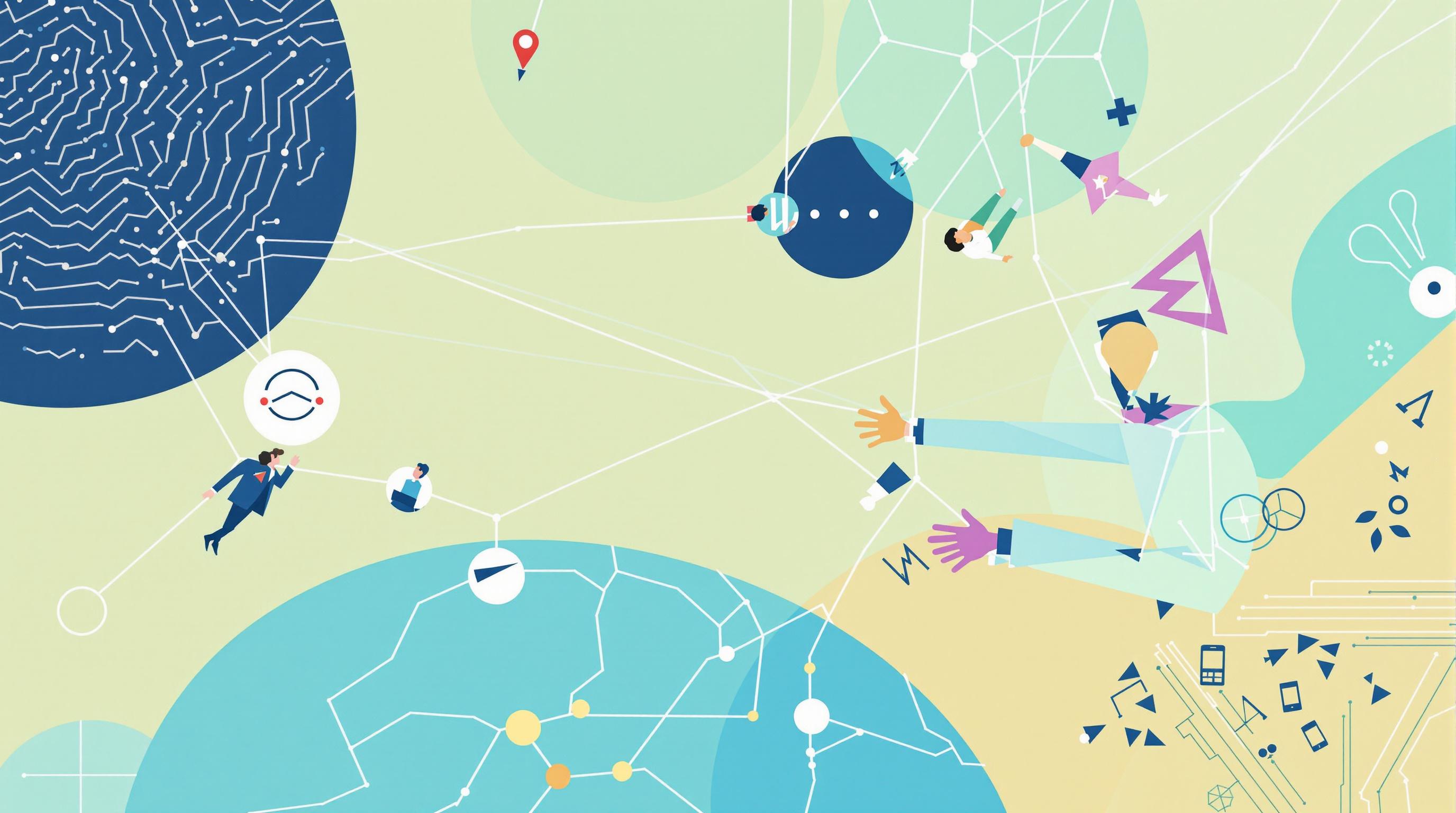Related Articles
- Uncharted Frequencies: The Surprising Role of Subcultures in Shaping Global Digital Landscapes
- Wired Whims: The Unexpected Role of Niche Online Communities in Shaping Global Digital Trends
- Fragmented Signals: Exploring the Shadows of Digital Divide in Emerging Economies and Its Impact on Global Unity
- Decoding the Invisible: How Microbial Communication Could Revolutionize Digital Interactions
- Cryptic Channels: How Encrypted Messaging Platforms Are Reshaping Trust and Transparency in Online Interactions
- Mysterious Modes: The Rise of Cryptographic Channels in Secret Online Dialogues and Their Hidden Impacts
Fragmented Signals: Exploring the Shadows of Digital Divide in Emerging Economies and Its Impact on Global Unity
Fragmented Signals: Exploring the Shadows of Digital Divide in Emerging Economies and Its Impact on Global Unity
The digital divide in emerging economies deepens the chasm between those who can access and utilize technology and those who cannot, significantly impeding global unity. This article explores the consequences of fragmented signals arising from unequal access to digital resources, affecting education, economic opportunities, and social cohesion.
The Mirage of Connectivity
As we embark on this exploration into the shadows of the digital divide, we find ourselves knee-deep in a world where technology promises inclusivity but often delivers exclusivity. In emerging economies, where access to the internet can feel more like chasing a mirage than a tangible goal, the consequences ripple across society.
The Allure of Opportunity
Imagine a young girl named Amina living in a rural village in sub-Saharan Africa. She dreams of becoming an engineer, but her school lacks proper infrastructure and internet connectivity. Instead of accessing online tutorials or connecting with mentors, there are long hours of frustration trying to grasp concepts through outdated textbooks.
According to the International Telecommunication Union (ITU), as of 2021, around 87% of people in developed countries were online, compared to only 47% in developing nations. This illustrates a striking gap in digital access that reflects broader societal inequities. It's like having a race where some participants start ten paces ahead, while others are left standing still, staring at the finish line.
The Educational Disconnect
Education is a powerful equalizer, or at least it should be. With the advent of remote learning accelerated by the COVID-19 pandemic, it became glaringly apparent that millions of young people in emerging economies were left behind. In many areas, lack of access to reliable internet meant that innovative online classes and digital resources were basically ghost stories.
In a study conducted by UNESCO, it was estimated that over 1.5 billion learners were affected by school closures during 2020. The impact is especially severe for those in low-income households where devices are scarce, and the family must prioritize who gets to participate in online classes. The result? A generation of students stuck in the shadows, invisibly battling against the tides of progress.
A Name You Know, A Face You Don’t
Communications giants often tout their statistics as signs of progress—5G networks rolling out, broadband accessibility figures soaring, and smart cities sprouting around the globe. Yet, we rarely see the faces behind those numbers, the reality of people like Amina, who may never see the benefits of such luxuries. What good is the latest smartphone technology to a family that can’t afford a data plan or access to electricity?
The Economic Chasm
For emerging economies, the digital divide isn't merely an issue of access; it's a serious economic concern. A report by the McKinsey Global Institute posits that improving digital access could potentially add $6.7 trillion to global GDP by 2030. That’s a staggering amount, isn’t it? Yet, here we are, perpetuating cycles of poverty and limiting opportunities for countless individuals.
Consider the case of Bangladesh. Once known primarily for its textile industry, the country has made strides in utilizing digital technology for economic growth. Digital platforms have created job opportunities, yet rural areas remain disconnected, with millions of people still unable to take advantage of this digitized workforce. Just last year, a digital skills initiative documented the transformative potential of tech-savvy workers in urban areas—meanwhile, rural sites languish. It's like having a party where only half the guests have the invitation.
Fragmented Signals—A Real Case!
One illustrating case is the "Digital Bangladesh" initiative, launched in 2009, which aimed to promote digital infrastructure and services. As of 2022, more than 100 million people were reported to have access to mobile phones. Yet, despite this incredible figure, a significant digital skills gap persists between urban and rural populations, leading to a fragmented economy that stunts growth and fosters inequality.
The Social Fabric Torn
Socially, the implications of the digital divide are enormous. Technology shapes how we interact, collaborate, and even how we know and love each other. Without access to the digital realm, whole communities remain isolated, unable to participate in the global dialogue or share their experiences.
Have you ever tried to organize a group project with scattered communications? It is chaotic at best! This was the reality for many community leaders during the pandemic, as social media evolved into a tool for connection. Those without access turned into voiceless spectators watching a world that seemed to progress without them.
A Humorous Look at the Disconnect
Imagine trying to bake a cake while watching a cooking show online—all the delicious visuals but no actual ingredients in your kitchen. That's the digital divide for many; they see the wonders of connectivity but can't utilize the ingredients of digital knowledge and resources. It's like being served a gourmet meal while stuck in a drive-thru lane, endlessly waiting for your turn that may never come.
Challenges to Global Unity
When we think about global unity, we often picture a connected world where technology bridges gaps. However, the reality is stark: inequality in digital access creates silos that only solidify global divisions. The disconnect not only impairs individual potential but also stagnates collective progress, preventing us from fostering a truly united global community.
In 2022, a report from the United Nations revealed that nearly 4 billion people worldwide were still unconnected, resulting in underrepresentation at international platforms where global decisions are made. Siloed groups lead to unbalanced decision-making, favoring those with access while neglecting countless voices clamoring for inclusive policies.
The Way Forward: Bridging the Disconnect
However, it's not all doom and gloom! Organizations and governments are working diligently to address this issue. Initiatives like “Connect2Learn,” which aims to provide internet access to schools in underserved areas, are prime examples of steps being taken. Such programs act like bridges, allowing students like Amina to reach for their dreams rather than watching them float away.
Persuasive Call to Action
As a community, we must advocate for policies that prioritize digital access in emerging economies. Imagine a world where every child has equal access to educational resources! Envision diverse perspectives shaping our global narrative. This vision isn't unattainable; it requires collective determination, investment in infrastructure, and, most importantly, a commitment to inclusivity.
(A Chance for a Better Future)
Consider joining local or global initiatives aimed at expanding digital access. Whether volunteering, donating, or advocating for policy changes, getting involved can make a huge difference. We have the power to support those voiceless individuals and communities, converting fragmented signals into a harmonious chorus of voices advocating for change. Remember, when one part of the world thrives, we all do!
Stories of Resilience
While the challenges posed by the digital divide are significant, stories of resilience inspire hope. Take the story of the "Digital Champions" program in Kenya, which empowers youths to lead digital literacy efforts in their communities. Participants become agents of change, teaching their peers and families the digital skills they need to compete in today’s economy.
This homemade movement not only closes a gap but also offers young leaders a sense of purpose and direction. Within this communal effort lies the essence of bridging the digital divide—where grassroots movements serve as powerful reminders that change can originate from any neighborhood, any village, anywhere.
Embracing Diversity
The key to overcoming the digital divide is embracing the diversity of thought, culture, and experience. By uniting under the common goal of digital equity, we can harness the potential of the world’s diverse population. Imagine a global workforce harmonizing their talents, no longer limited by their geographical digital access but propelled by their unique experiences.
The Final Word
In closing, the fragmented signals of the digital divide are more than mere statistics; they represent real people with tangible dreams, hopes, and aspirations. It's high time we dispel the notion that this issue is insurmountable. Bridging this divide should be a priority for everyone—governments, organizations, communities, and individuals alike. With collective action and commitment to inclusivity, we can transform the shadows of the digital divide into pathways of opportunity, empowering everyone to participate in our ever-evolving global landscape. Together, let’s amplify the voices of the unheard and craft a future where no one is left behind.





